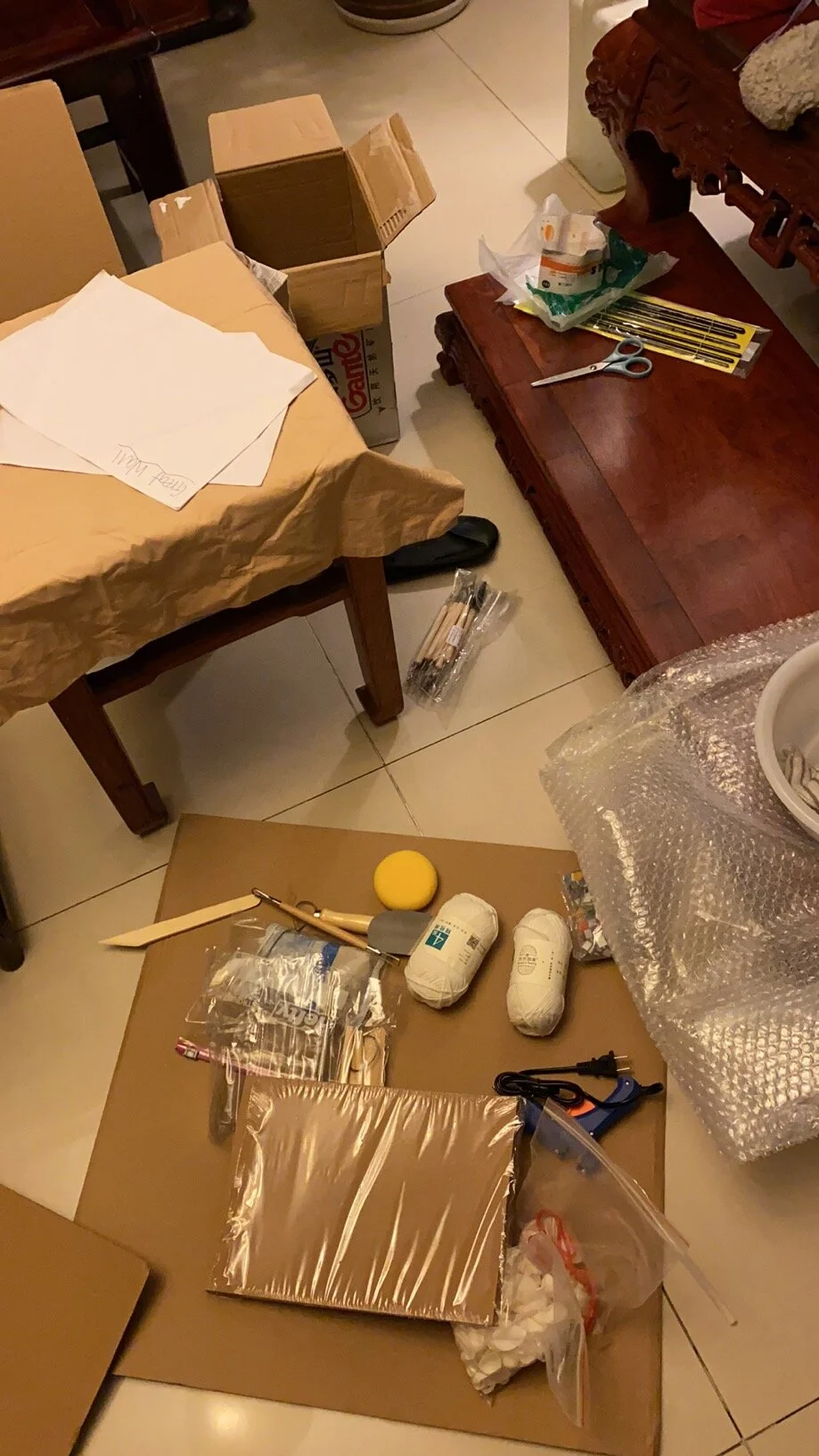Grace Lee ‘23 and Julie He ‘23
It is safe to say that no one had 2020 vision this year. At the start of spring break, many of us were ready for a few weeks of relaxation. However, we did not realize that our brief respite from school would last for months and months. The Coronavirus rolled into our lives and threw them into disarray. Soon, many of us were stranded, bored, and wishing for a way out of the inescapable boxes of our homes. Some St. Markers persevered, however, and many managed to experience a stimulating summer vacation despite being stuck at home. Many of us are also picking up new hobbies and activities to make remote learning a little more enjoyable.
Recently, we sent out an all school form to find out what everyone did during their summer in quarantine, and what they are doing to entertain themselves during remote learning. The majority of the answers came from third formers - though we had many responses from the other forms, and even some from faculty! The most common answers were learning to cook, gardening, and learning to paint: simple things you can pick up at home. One St. Marker learned to play ukulele chords by ear, and another practiced hard to learn to do a split! Sleeping, eating, Netflix watching, and phone scrolling were some other “very productive” choices. Zooming with friends and family was a popular answer and a good way to stay connected. Many people also took an outside safe approach like sports or socially distanced hangouts with friends. Tennis, golf, soccer, and even sailing were the sports people enjoyed. Others had more adventurous experiences: one student taught English in Nicaragua, and another got a job Door-Dashing!
Remote learning has caused quite a big shift in the learning exeriences of everyone at St. Mark’s. The school has been divided into three parts with each doing some combination of online, day, and remote learning. While the school is doing its best to help make hybrid learning smooth, students have developed certain habits to adjust to their new lifestyle. Many students are using their free time to their advantage by working on new skills and hobbies to keep the days interesting. As it turns out, activities like cooking and TikTok can help to save you from the ever-growing insanity of remote learning!
Many of those surveyed said that they are growing more physically unhealthy during quarantine. We asked Multiple students repsonded that they have been sleeping more and exercising less. If you’re having the aforementioned struggles, multiple students have found ways to deal with those issues. Taking breaks before and after classes, sleeping and waking up earlier, making schedules, and stretching frequently were popular solutions to keep yourself physically alert during online classes. As one reply stated, “I spent more time on myself than others”, which is something we should all strive to keep in our schedules. Keeping physically active is extremely important, especially if one cannot participate in on-campus sports. Many students are doing yoga, running, and practicing for sports in later seasons such as tennis. Additionally, Facetime, Zoom and other video calling platforms have become a crucial part of communicating with others. Aside from using Zoom for classes, try using Zoom to make giant group calls with friends!
Remote learning was a struggle that everybody had to adapt to, and based on our own needs and experiences, we all handled it differently. Hopefully this article was able to give you some insight into what others are doing with their quarantines, and hopefully it was able to inspire you to try something new during these difficult times.


